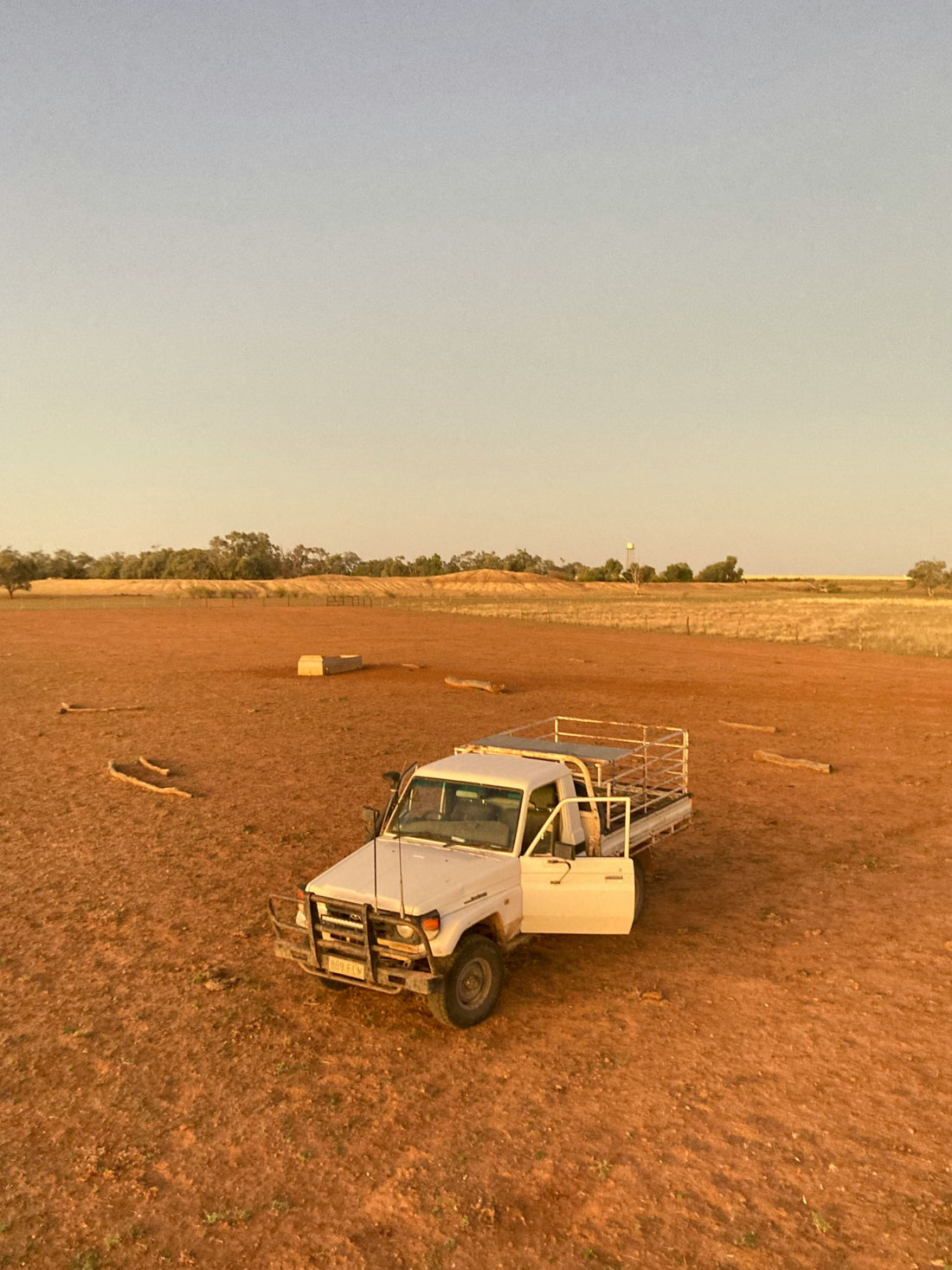
Top 30 Tips for Traveling in the Outback by Car
Exploring Australia’s Outback by car is an unforgettable adventure that offers stunning landscapes, unique wildlife, and a sense of freedom. However, traveling in remote areas requires careful planning and awareness. Here are 30 essential tips to ensure a safe and enjoyable journey through the Outback. Always ask an expert - however these tips are a great starting point
1. Plan Your Route Carefully
Before setting out, plan your route using reliable maps and navigation tools. Be aware of distances between towns and fuel stops, as they can be significant in the Outback.
2. Check Your Vehicle
Ensure your vehicle is in good condition. Check the oil, brakes, tires, and coolant. Consider a 4WD if you plan to venture off the beaten path.
3. Carry Extra Fuel
Fuel stations can be few and far between in the Outback. Carry extra fuel in approved containers, especially if you’re traveling long distances.
4. Stay Hydrated
Always have plenty of water on hand. A good rule of thumb is to carry at least 4 litres of water per person per day, especially in hot weather.
5. Pack Emergency Supplies
Include a first-aid kit, flashlight, spare tire, basic tools, EPIRB (emergency locator beacon) and emergency food supplies. Being prepared for unexpected situations is crucial.
6. Inform Someone of Your Plans
Always let someone know your itinerary and expected return time. This is especially important in remote areas where help may be far away.
7. Know Your Limits
Understand your driving limits and avoid traveling at night. Wildlife is more active after dark, increasing the risk of collisions.
8. Take Breaks
Long stretches of driving can be exhausting. Take regular breaks to stretch your legs and rest to avoid fatigue.
9. Watch for Wildlife
Be vigilant for wildlife crossing the roads, especially at dawn and dusk. Slow down in areas marked for wildlife crossings.
10. Use a Satellite Phone or GPS
Mobile reception can be unreliable in the Outback. Consider investing in a satellite phone or a GPS device for navigation and communication.
11. Learn About the Local Culture
Familiarize yourself with the customs and history of Indigenous communities in the Outback. Respect local traditions and seek permission before taking photographs.
12. Pack a Rooftop Tent or Swags
Consider a rooftop tent or swags for camping. They’re convenient for setting up and provide a unique way to experience the Outback.
13. Stay Connected
Ensure you have a minimum 5-watt UHF radio. Download offline maps and apps that can work without cell reception. This will help you navigate remote areas more easily.
14. Fuel Up When You Can
Always fill up your tank whenever you have the opportunity, even if you think you have enough fuel to reach your next destination.
15. Check the Weather
Be aware of the weather conditions. The Outback can experience extreme temperatures, so plan your activities accordingly.
16. Pack Warm Clothing
Even in the summer, nights in the Outback can get cold. Pack layers, including a warm jacket and sleeping gear.
17. Respect Nature
Leave no trace when camping or exploring. Follow the principles of responsible tourism to protect the environment.
18. Be Cautious with Water Sources
If you plan to drink from natural water sources, ensure it’s safe. Bring a portable water filter or purification tablets if necessary.
19. Use Sun Protection
The Outback sun can be intense. Wear sunscreen, sunglasses, and a hat to protect yourself from sunburn.
20. Stay Informed About Road Conditions
Road conditions can change rapidly in the Outback, especially after rain. Check for road closures or warnings before you head out.
21. Visit Local Information Centers
Stop by local information centres for maps, road conditions, and tips on the best sights and experiences in the area.
22. Join a Tour for Remote Areas
If you’re unsure about venturing into remote areas, consider joining a guided tour. Local guides can provide insights and enhance your experience.
23. Carry Cash
Some remote areas may not accept cards. Carry cash for small purchases or fuel in areas without ATMs.
24. Be Mindful of Distance
The Outback is vast, and travel times can be longer than expected. Plan your days accordingly to avoid rushing.
25. Explore Off the Beaten Path (In a convoy)
Don’t be afraid to explore lesser-known roads and sights in a convoy. The hidden gems of the Outback often provide the most memorable experiences. The outback can be dangerous - so going in multiple vehicles and in a group is a must.
26. Try Local Cuisine
Be adventurous with food! Sample local dishes at roadside diners or community events to immerse yourself in the culture.
27. Take Photos, But Be Respectful
Capture the beauty of the Outback but be respectful of private property and sacred sites. Always ask for permission when necessary.
28. Be Prepared for Limited Amenities
Many areas in the Outback have limited amenities. Be prepared to be self-sufficient, especially in terms of food, water, and shelter.
29. Respect Speed Limits
Adhere to speed limits, especially in rural areas where livestock and wildlife may be present.
30. Enjoy the Journey
Finally, take time to enjoy the journey. The Outback is full of stunning landscapes, rich history, and unique experiences. Embrace the adventure and create lasting memories!
Conclusion
Traveling the Outback by car is an incredible experience, filled with adventure and exploration. By following these tips, you can ensure a safe, enjoyable, and unforgettable journey through one of Australia’s most breathtaking regions. So buckle up, hit the road, and get ready for the adventure of a lifetime! 🚗🌏✨











